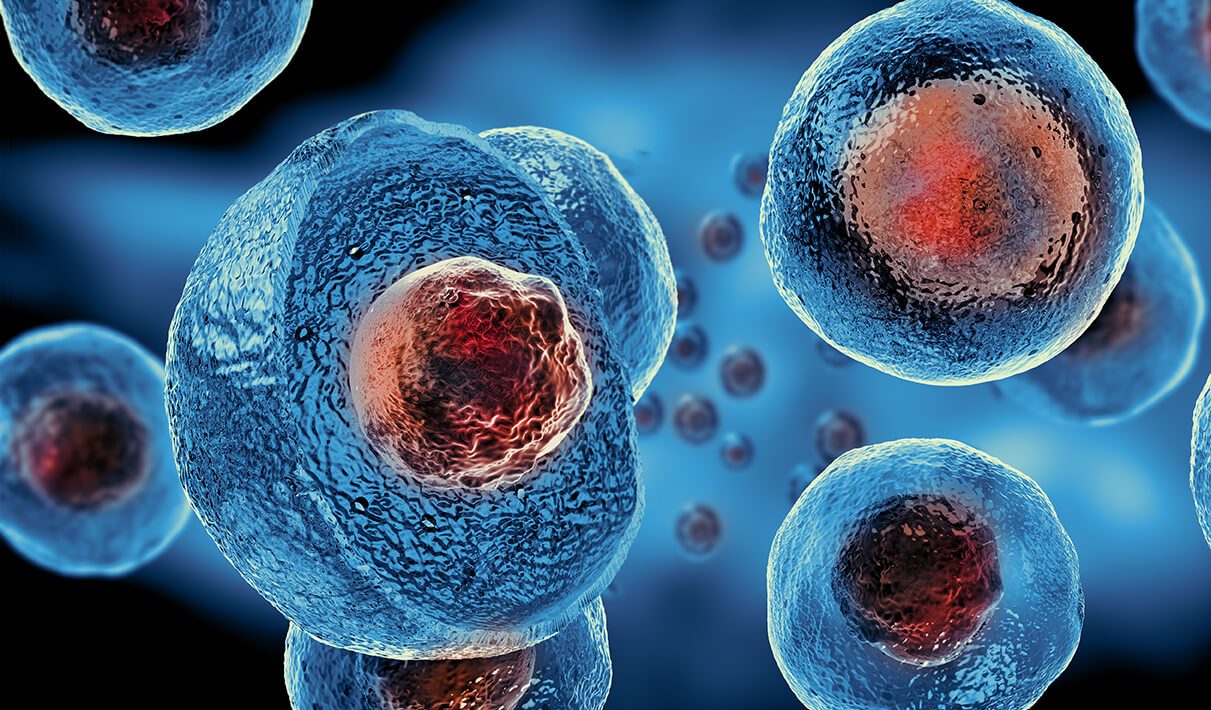Stem cell therapy is turning out to be the next ‘big thing’ in the medical domain. The booming market is expected to hit a massive $4.5 billion by 2030, with reports from the European Pharmaceutical Review promising some recent developments in treating hard-to-cure diseases with stem cells. Added to all of that medical hullabaloo, Crohn’s disease and Alzheimer’s treatment (as of now under trial done only in mice) have been added to the list of diseases treated by stem cells.
Is stem cell therapy the ultimate go-to option? What if you require it in the future? How will you manage it? Where do these stem cells come from? Is there a specific type of stem cell that is used? Lastly, what else can they be used for? This medical content will give you an insight into these queries and also answer a handful of your most-asked queries. Time to know a little more about this therapy –
Table of Contents
What are the diseases treated by stem cells?
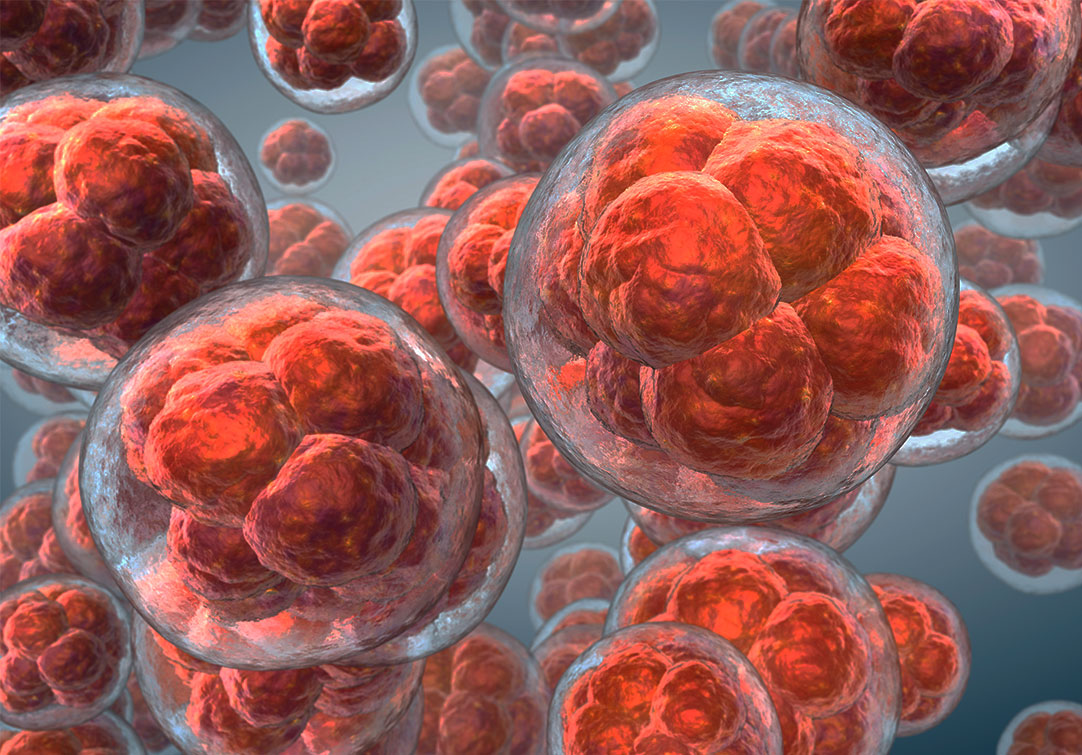
At one shot, several diseases stem cells can treat – from multiple types of anemias to blood disorders to inherited immune disorders to tumors, metabolic issues, platelet issues, lymphoma, leukemia, and both phagocyte and blood disorders. So, in a jist, there are a number of issues that stem cells can deal with.
Now, how about getting a better idea of the same? Let’s categorize some of the primary health conditions that stem cells can help relieve –
Nephrological diseases treated by stem cells
1. Chronic kidney issues
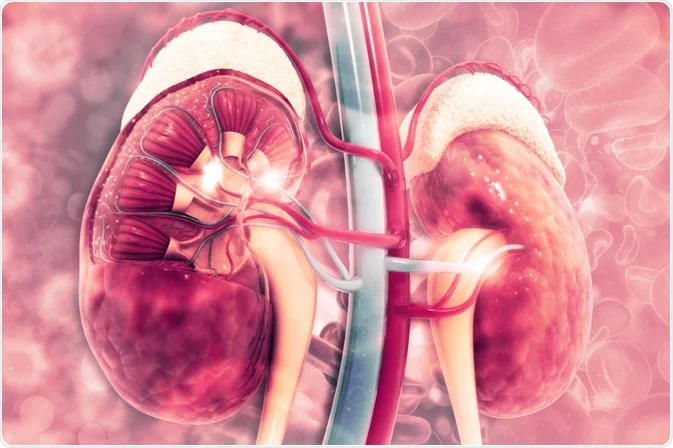
When the nephrons cannot filter the blood in the kidney, then the kidney malfunctions and the toxins accumulate in the system. This in the long run, can have massive side effects and extend to other parts of the body as well.
Stem cells assist in regenerating the nephron cells and better the kidney’s functioning.
Metabolic diseases treated by stem cells
2. Diabetes

As you know already, when there is a reduction in the production of insulin in the pancreas, diabetes is caused. Making it to the list of diseases treated by stem cells, in the case of diabetes, stem cells regenerate the insulin-production levels and reduce (if not completely negate) the issue.
Neurological diseases treated by stem cells
3. Muscular dystrophy

One of the most-noted inherited medical conditions, its primary symptom is – muscular stiffness. Here, the stem cells regenerate the neuromuscular system by differentiating into myogenic cells.
4. Autism

For those uninformed, when a child is hypersensitive to any external stimuli, the condition is called autism. This is primarily a genetic condition but may also result from environmental toxicity. The stem cells help to regenerate the body’s neuromuscular system and assist in the brain’s missing chips development.
5. Cerebral Palsy

One of the most common neurological issues that affects a number of individuals globally is one of the diseases treated by stem cells. It includes both developmental delays as well as muscular and neuromuscular weaknesses.
The stem cells differentiate into neurons, thereby helping build blocks in the range of neurological blockages that are there in the brain.
6. Spinal cord issue

Whether it is total or partial – to treat this issue, you can either use embryonic or adult stem cells. To deal with this health condition, the stem cells are injected into the cerebrospinal fluid to improve the issue and deal with the trauma associated with the same.
Apart from the aforementioned health issues, this also helps treat – Blackfan-Diamond anemia, plasma cell leukemia, thalassemia, Gunther’s disease, congenital thrombocytopenia, blastomas of different kinds, Hodgkin’s lymphoma, red cell aplasia, sickle cell disease, and Wolman’s disease.
Where do these cells come from?
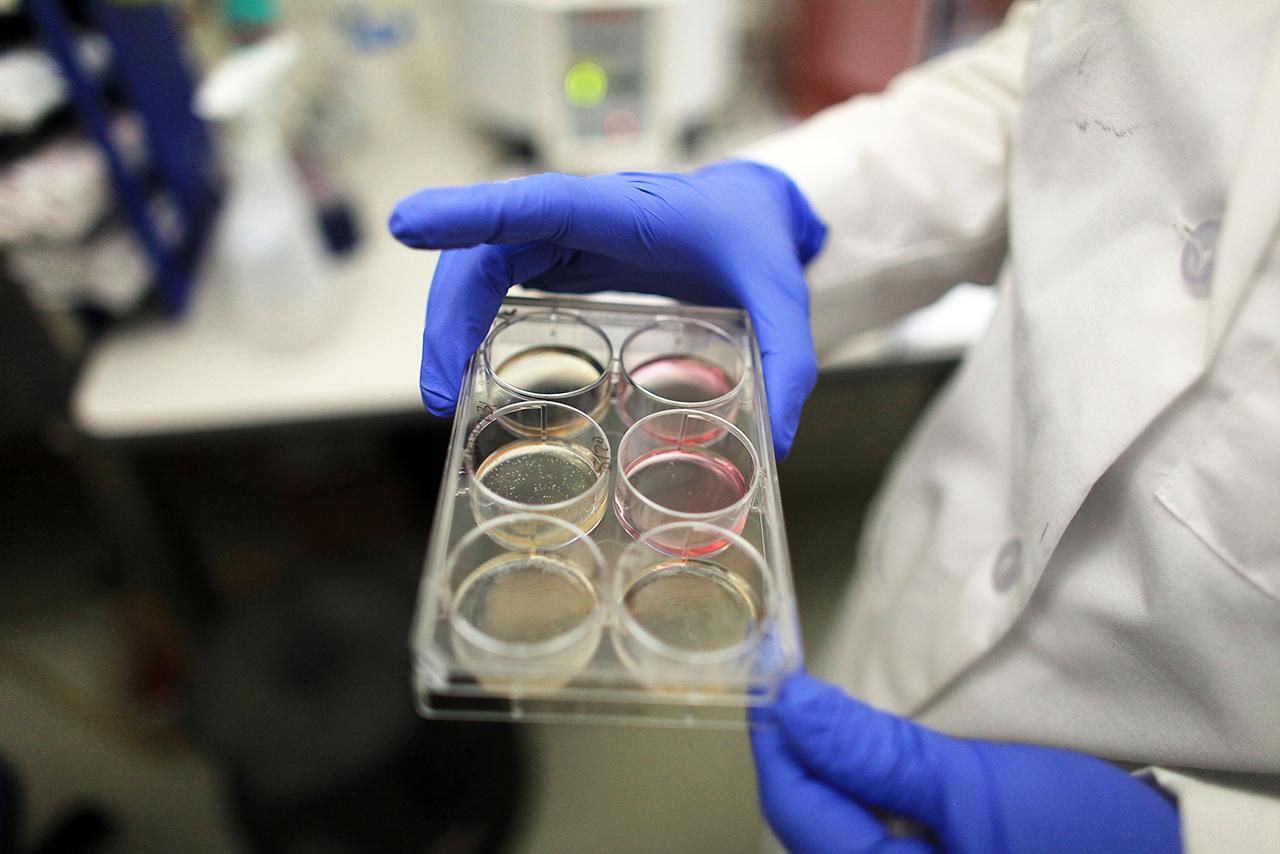
Do you know that there are 2 types of stem cells that are used for treating diseases? They are embryonic cells and adult stem cells.
For the unversed, embryonic stem cells are derived from the umbilical cord or from unused embryos from the IVF system. They are pluripotent in nature (as in – they can become part of the body or divide into multiple stem cells).
The other type of cell is the adult stem cell, which is precisely well-developed and obtained from the bone marrow of individuals.
For those asking that when talking of diseases treated by stem cells, which cells does one imply – medical experts mostly refer to embryonic stem cells that are more potent vis-a-vis the adult ones.
How does this regenerative therapy work?
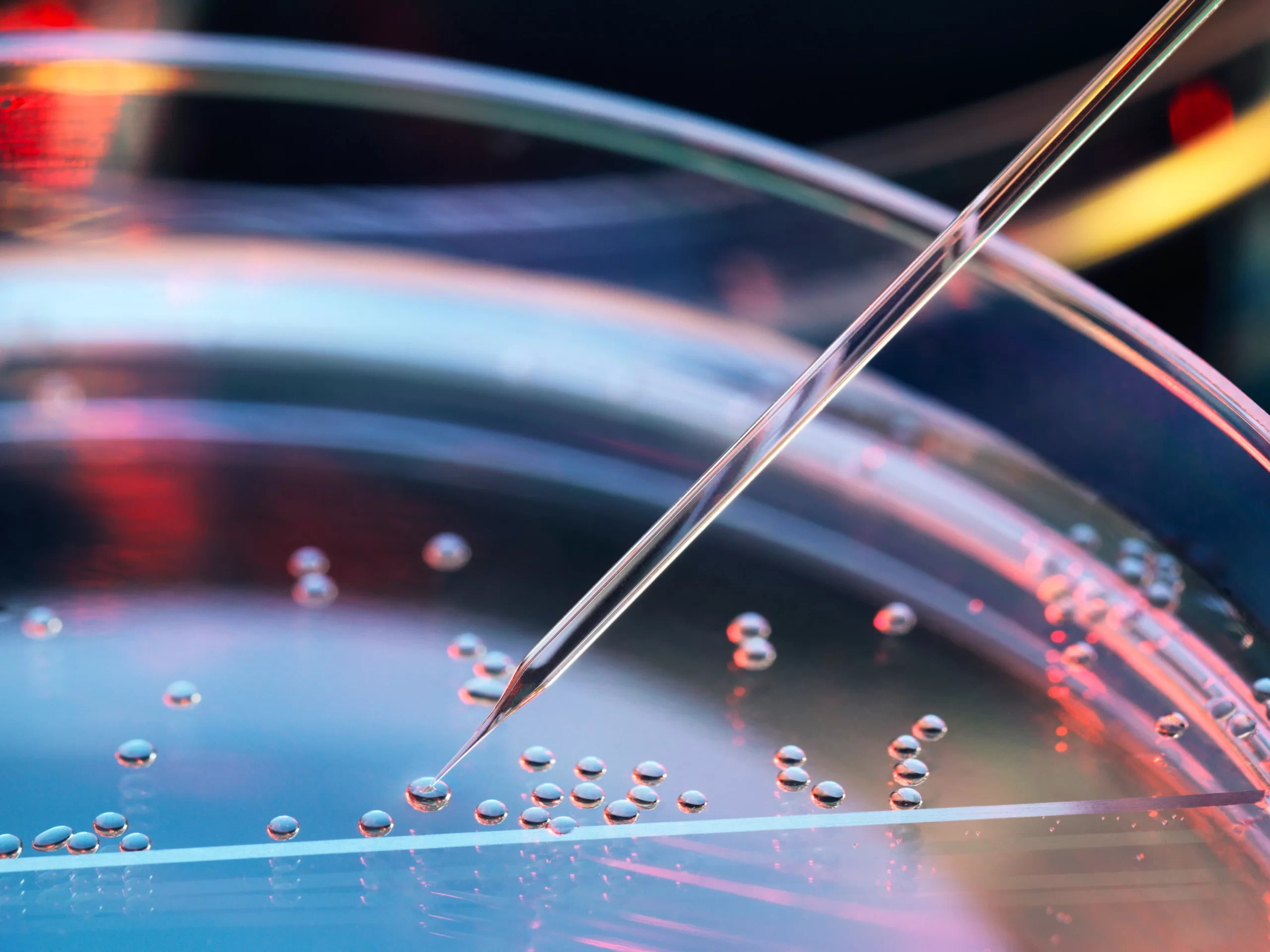
When you have an idea about diseases treated by stem cells, it is natural that you would want to know how this regenerative therapy works. Well, here’s revealing the same for you –
It promotes a certain repair response of the concerned tissue that has been injured. The stem cells are categorically implanted into the area, and with time, they repair the tissue or organ.
Let’s try to understand it in this way – Say, for example, a person has certain issues with their heart, and stem cells are injected into the heart for healing the same. From hereon, the healthy stem cells will regenerate and repair the heart, thereby bettering its performance.
How do you store your stem cells?
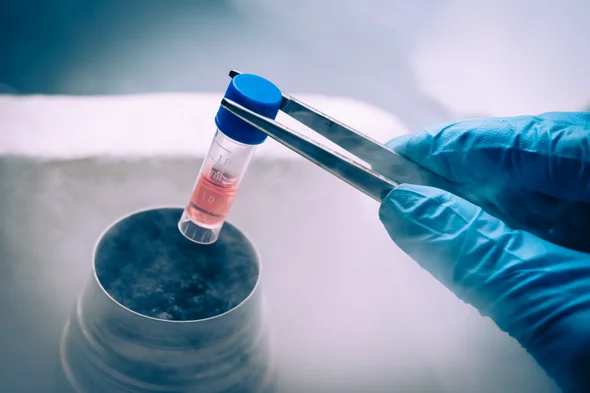
For those who wish to be an early bird and store their cells so that they can get their diseases treated by stem cells in the future (if required), you must clearly know how to store them.
Don’t worry! You don’t have to store them at home! There are stem cell banks that function on the principle of cryopreservation to store the cells. Here, specialists use controlled-rate freezers to store the stem cells for future usage.
Is there any problem with using this?

If you have been reading through this article well, you must have already garnered an idea as to the origin of the various stem cells. Amidst all of them, embryonic stem cells are the most-used variety. However, given that they are obtained from embryos at a very early stage, therefore, there is a certain ethical dilemma associated with it. That’s not all! There have evolved certain problems as well in using these cells.
For starters – they may grow irregularly, which hampers their usage in regenerative therapy. Also, they might specialize in different cell types simultaneously, and if not controlled, then there’s no chance that it may be correctly used in stem cell therapy. Lastly, a case study has shown that – in one research to figure out which of the diseases treated by stem cells would provide long-lasting efforts, it was noted that when embryonic stem cells were used, the recipient’s body rejected the same, considering them to be ‘foreign particles.’ Therefore, the therapy did not actualize the way it was expected to be.
Therefore, one may consider this as a backlog in the series of positives of using stem cell therapy for treating a variety of diseases.
What else can they be used for?
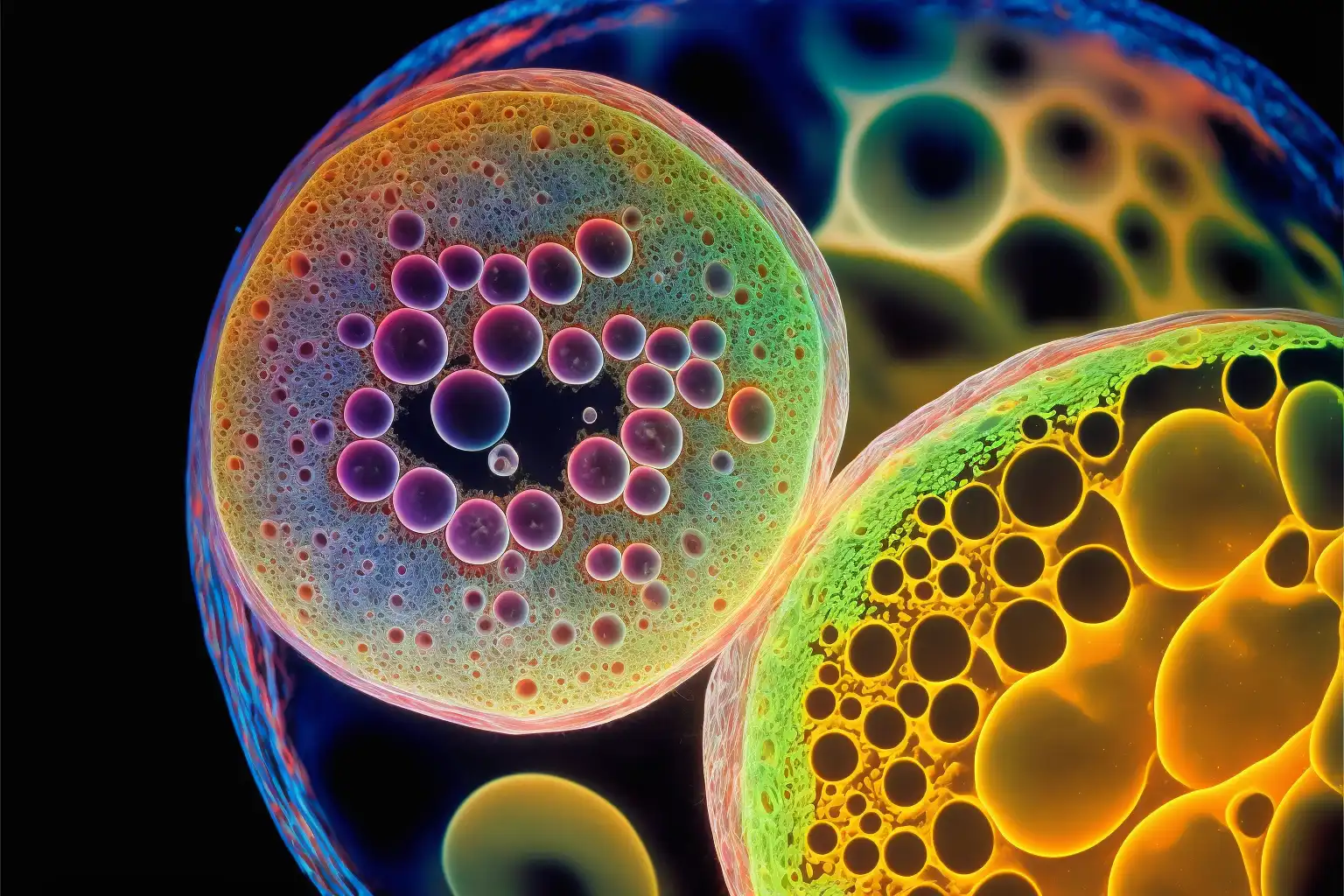
Given that the domain of stem cell usage is a wide one, apart from treating diseases, there are a number of other areas where they are used –
- To improve the comprehension of the occurrence of a variety of diseases. A critical study of the same reveals a host of secrets.
- Stem cells offer a fantastic base for testing new drugs. In fact, there has been more than a single instance of tissue-specific drug research that has revealed some insightful results.
Parting words
With alternative treatments for some of the most noted diseases becoming a much sought-after concept, there is a multitude of diseases treated by stem cells. In most cases, the treatments have brought forth massive success, while certain sections of the same are still under research. If you, as an aware individual, wish to know more about this, it is essential that you read up about the same. Did you enjoy reading this content and would like to keep yourself updated on the same? Then leave your comments below and keep browsing this website for more insightful medical news.
FAQ
Assuming you read this article well, you do have a basic idea about diseases treated by stem cells. Even then, you might have a couple of queries. Here’s trying to answer the same –
1. What are the diseases treated by stem cells?
The diseases that can be treated by this process are – spinal cord injuries, strokes, burns, osteoarthritis, Alzheimer’s, and Parkinson’s, to name a few!
2. How do stem cells treat the injuries?
During a stem cell transplant, they are specially inserted into the concerned adult cell. It is then that these mature cells replace the damaged tissue. So, with this, you can replace the neurons (virtually replace any tissue in the body) or even produce insulin to treat diabetic patients.
3. How long does the effect of this last?
Once done, the effects show within a couple of months, and supposedly, the treatment would last a lifetime. Ensure that it is done effectively to maximize the benefits of the therapy.
Monalisa Mukherjee is a content writer, copywriter and editor with 4 years of experience. She has written for websites like Biography Talk, The Rich Net Worth, Contour Cafe, He And She Fitness and Fiction Pad. She is currently associated with a noted Digital Marketing Agency and specialises in writing press release, guest posts, articles on travel, entertainment, food recipes, celebs, lifestyle, tech, health, and fashion.

